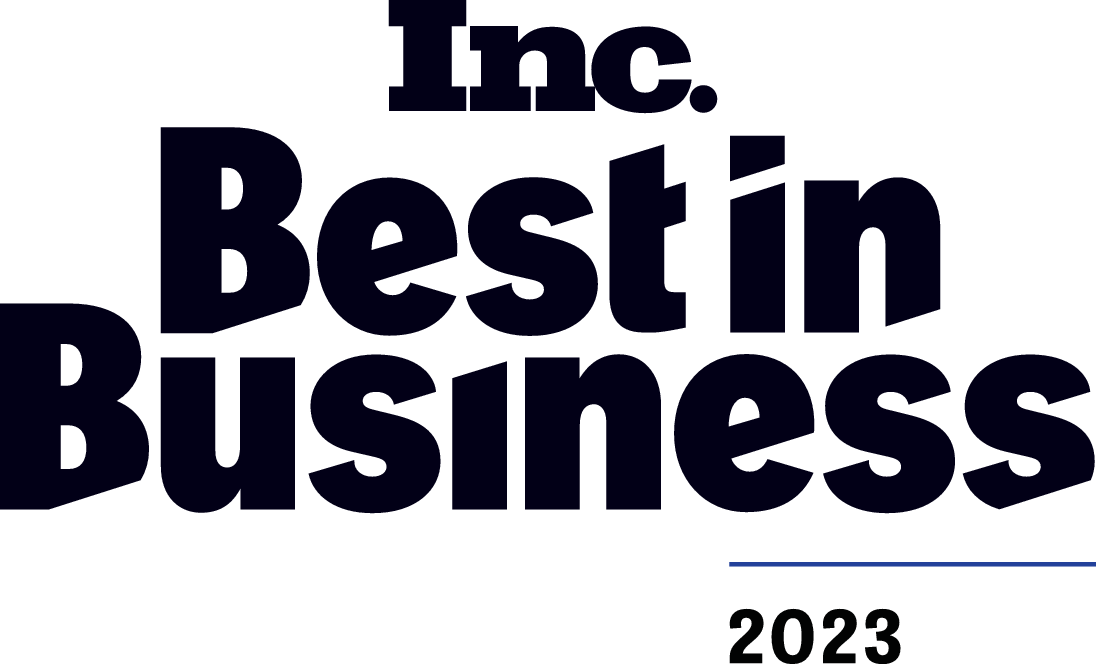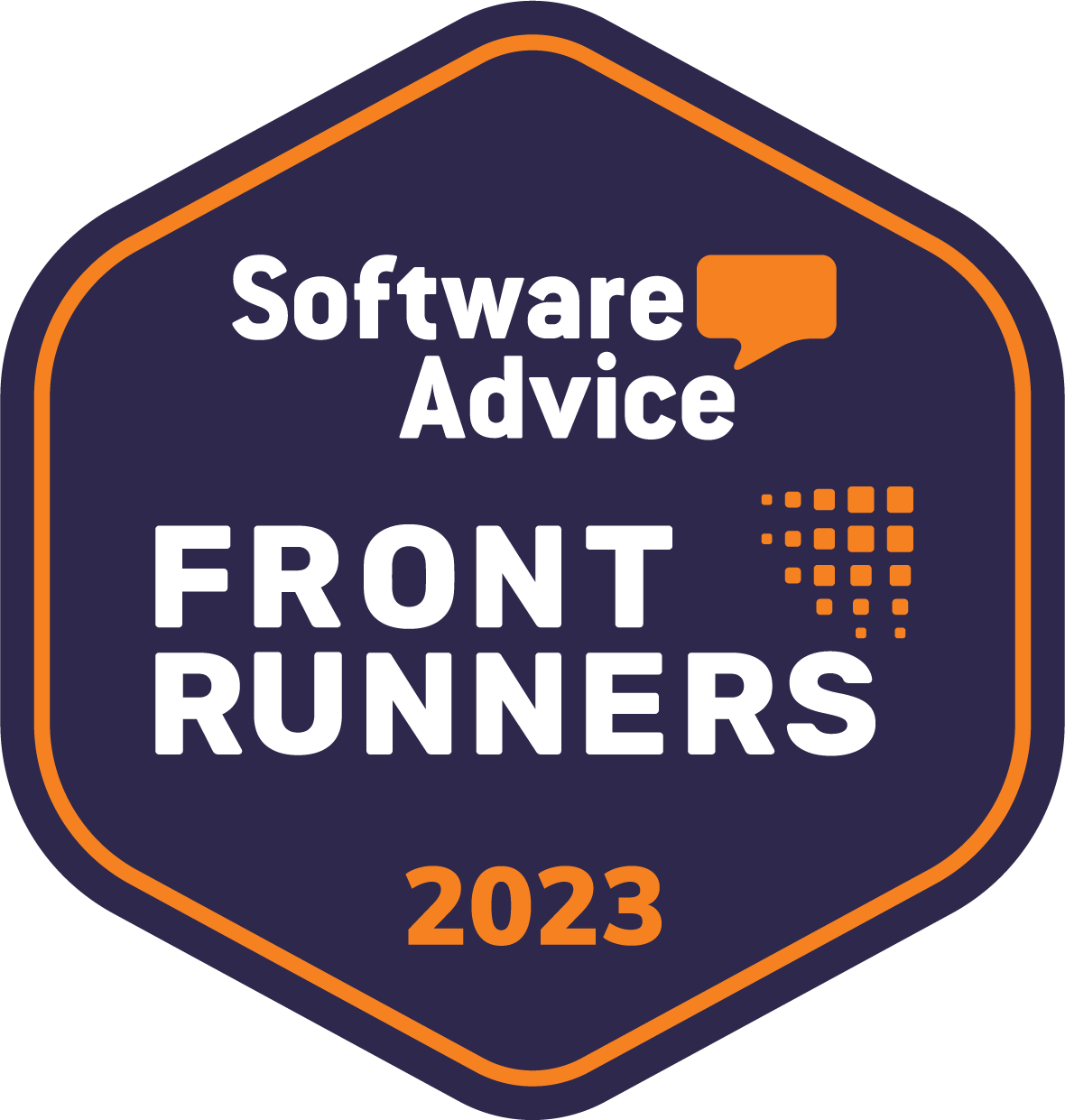Fixed assets: Introduction, classification and uses
Fixed assets are acquired for the purpose of helping with business processes that ultimately generate income for a company. They are purchased for the long-term and not for the purpose of resale. They have a useful life greater than one reporting period and are extremely vital for all companies that house them. A fixed asset manager works towards managing this critical company investment in order to maximize ROIs and lower losses for their company.

Inventory items do not categorize as fixed assets because they are consumed or used in the production of goods for sale. The main uses of fixed assets include the supply of goods and services or rental properties. Some common classifications of fixed assets are:
- Buildings: Any space used by the business, or warehouses used for equipment storage.
- Machinery and IT Assets: Relevant IT or operational equipment that helps with work tasks depending on the industry.
- Software: Tangible software products deployed by the business in the long-term to facilitate daily operations.
- Intangible assets: Any intellectual property that is safeguarded with trademarks or patents.
Principle aspects of asset management
The right business strategies play an important role in determining the rate of return on capital investments. For this purpose, it is essential to take into consideration the following key characteristics of fixed assets:
- Product type: For correct devaluation, knowing the product type is imperative. A tangible asset depreciates and an intangible asset amortizes. Most companies follow the guidelines laid down by International Financial Reporting Standards (IRFS) to classify their assets. Knowing the type of assets a company owns can also help to streamline tax statements.
- Utilization date: The placed-in-service date (different from procurement date) of an asset is critical to decide when depreciation kicks in. Any equipment is considered ready for utilization once it is installed for business operations. Some fixed assets, like large machines, take time to assemble before they can be put to use. Similarly, some devices need to be modified according to specifications, hence cannot be devalued until changes are made.
- Basis of depreciation: Selection of an accurate depreciation mechanism is the primary way to ensure that the cost of fixed assets is adequately spread over their entire lifespan. While doing so, account for the following:
a. Acquired value
b. Freight and installation cost
c. Business use percentage
d. Salvage value
e. Useful life
Optimizing business utilization by identifying challenges
Before a fixed asset manager sets out to define company policies, a good practice is to outline the roadblocks that might arise. This helps to tackle any delays that lower operational efficiency. When it comes to organizational structure, firms mainly face the following challenges:
- Multiple databases: Lack of a robust management program leads to a haphazard system of data entry. While you may be able to effectively track work operations, it becomes tedious to merge information at one place when required. There are chances of duplication or misplaced data if not updated instantly.
- No history tracking: Large capital investments require close monitoring throughout their tenure. This means that each activity needs to be recorded in a timely manner to adjust costs as well as forecast future amendments. A reliable system can help store all critical asset information.
- Different tax jurisdictions: Hosting a wide range of fixed assets means dealing with multiple tax jurisdictions at once. The best way to streamline tax statements is by conducting frequent audits to maintain credibility and verify ownership.
How to select the best application for your business?

Controlling perpetually evolving workflows can be quite challenging but opting for the right tools can provide much-needed support along the way. Here is how a fixed asset manager can get started.
- Define your requirements: Planning is always the most integral part of any process. Start off by defining your fixed asset management objectives. Pin down any asset specifications you wish to track and the ground regulations you want to establish. Some commonly tracked data is:
a. The number of assets you want to track.
b. The additional quantity of assets that will be added every month/year.
c. The various types of reports you wish to generate.
d. Other software that you can integrate.
c. The level and strength of security to efficiently restrict access - Shortlist potential solutions: Whether you want to opt for spreadsheets or a cloud-based program, carefully weigh the pros and cons. Look for features like customizable information, data conversion support, and scalability options.
- Choose the right tags: With countless options available, an asset manager needs to find the right tagging choice for their company. Depending on the frequency and nature of usage, a fixed asset manager can choose from QR codes, barcodes or RFID labels.
Once you decide the general overlay for your fixed asset management system, the next step is to figure out how to attain the best possible outcomes.
Guidelines for a fixed asset manager: Boost operational efficiency

Optimal resource allocation plays a major role in determining the Rate of Return on investment. While designing the policy framework, a fixed asset manager needs to take into account a host of details when dealing with a large asset base.
Here are some tips for a fixed asset manager to follow:
1. Create a product catalog
Fixed assets require restocking after the time of disposal. Devising a procurement schedule helps avoid unexpected outages or a surplus of assets. Examine consumption rates to single out frequently used assets as these will require frequent restocking. IT equipment may require replacements of spare parts, or a software upgrade every now and then. Conduct a need base survey and use it to design a procurement stock module best suited to your business.
2. Define work order and user roles
Transparent work operations are extremely vital to the success of any business. This is especially true when working with expensive capital. Unchecked equipment usage and fraudulent activities lead to heavy losses for the company. To prevent misuse of equipment, a fixed asset manager can implement a rigorous work order routine. You can define user roles for everyone in the team and set login enabled check-ins and checkouts to restrict unauthorized access. Track daily progress with ease and ensure timely problem resolution.
3. Track asset lifecycle status
Due to their evolving nature, fixed assets need to be tracked constantly. This becomes easy with end-to-end lifecycle management. From procurement to disposal, maintain rigorous records to determine future demand and requirements. Monitor depreciation, maintenance histories, lifetime costs, and vendor relations. Track purchased and leased assets the same way as their value remains the same for the company. Ultimately, diligent lifecycle tracking will result in credible financial statements and also help with tax claims.
4. Identify maintenance needs:
One of the principal needs of fixed assets is proper maintenance. Every equipment is susceptible to wear and tear over time. Automating service sessions helps cater to the various asset maintenance requirements in a systematic and efficient manner.
Once a tool has been added to your data, a fixed asset manager can schedule it for repair in recurring events. After scheduling a session, you can intimate relevant personnel to plan their activities around the servicing. Maintenance alerts can help ensure no repair session is missed. Preventive maintenance lowers the risk of delayed tasks and increases uptime which prolongs the life of assets.
5. Record bin locations:
Running multiple offices at various locations can be a handful without the right backup system. To keep all assets in check, it is essential to record bin locations for all tool transactions. Every time equipment is checked-in at a warehouse, your database should be updated instantly.
A fixed asset manager can use GPS alerts to verify asset locations and ensure that they are where they need to be. With lower chances of theft or misplacement, assets are likely to have a higher rate of return over their useful life. Bin locations come in extremely handy when it comes to distribution especially for manufacturing and retail sectors.
6. Configure data accurately:
The key to a centralized and reliable database is customizations. While keeping track of fixed assets, there are several metrics that companies wish to measure. a well-structured management policy entails attention to details. By using an application with customizable data, you can introduce fields for asset specifications, insurance data, tax information, and much more. A fixed asset manager can also format notification settings to add detailed comments to aid your team.
Why should you adopt a fixed asset management strategy?

The best path to success is to perpetually learn and evolve towards a more productive business space. Companies are constantly trying to maximize their profits and lower losses. But this isn’t possible without optimizing their fixed assets. In this pursuit, implementing a fixed asset strategy which is both scalable and adaptable is key! Here are a few advantages of having a robust system for asset tracking:
- Centralized database: Merging all critical data on one single platform helps attain high levels of team collaboration. Information is consistent throughout and can be accessed by multiple users at a time. Update data instantly and waste no time in verifying records.
- Organized asset layout: If you update your database regularly, you can easily check the current status of a tool. In case an asset is out for maintenance, you can book an alternative without delay. Availability calendars help show available assets for your choice of dates.
- Automate asset transfer: Fixed assets require a lifelong depreciation schedule after which they have to be disposed of in the correct manner. Done in the right way, asset managers can sell off retired equipment at a salvage value.
- Lower inventory costs: By opting for an automatic procurement module which tags all your assets, you can bypass the hassle of physical inventory counts. It is more accurate, less labor intensive, and less prone to human error.
Always stay on top of fixed asset data
Organizations carefully deliberate budget allocations to various streams of capital investments, including fixed assets. But that is not enough. The prime cause of concern is how to extract the maximum rate of return from your investments. Three kinds of metrics can allow you to record, store and analyze data in the proper manner.
Input data lets asset managers identify any loopholes in existing policies. After troubleshooting, they can design improvement strategies depending on their current resources. Next, the operational metrics help gauge the impact of your current asset management structure on your assets. Lastly, asset managers need to carefully monitor financial metrics. You can use these to calculate the outcomes of different asset operations based on their investment.
About EZOfficeInventory
EZOfficeInventory is the leading fixed asset tracking software used by companies around the world. Use our solution for real-time fixed asset management, accurate machine downtime tracking, and more.








